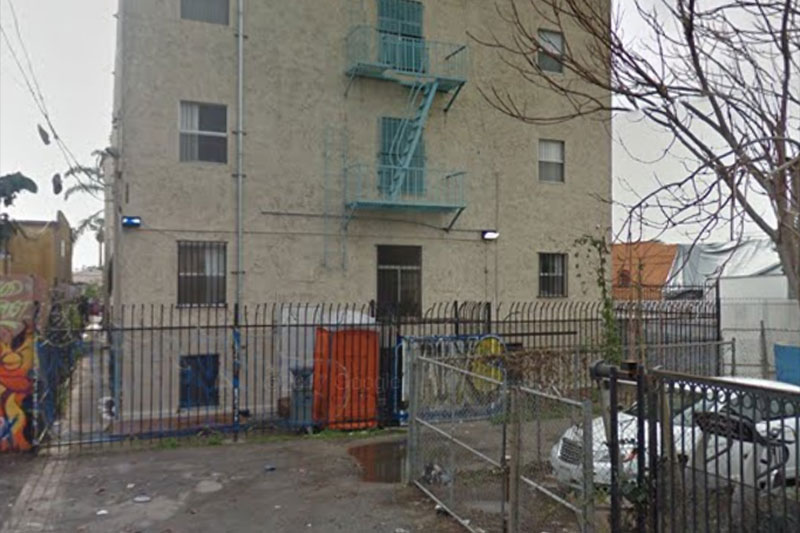By Alex Ferrer
Though the reception of the Opportunity Zones in the press has been unapolagetically boosterish, the program is a consummate example of what nobel memorial prize winning economist, and New York Times columnist Paul Krugman calls a “zombie idea.” Like the climate change skepticism, trade balance obsession, and trickle down tax policy that Krugman refers to, Opportunity Zones are born from a policy logic that has failed repeatedly but refuses to die- the potential of investment subsidization through the tax code to lift disadvantaged areas out of poverty.
The miserable lineage of these “Targeted Tax Incentives” began with the Reagan administration’s Enterprise Zones program. Enterprise Zones attempted to spur job creation in disadvantaged tracts by subsidizing employment, providing payroll tax credits to businesses in the designated regions. Despite substantial payouts, scholars have repeatedly demonstrated that the incentives failed to have a measurable effect on job creation, paying overwhelmingly for jobs that would exist anyway.
Empowerment Zones, an initiative of the Clinton administration, also proved to be unsuccessful. Although some of the designated zones saw increases in average educational attainment and income, researchers conclude that the improvement of these measures could be attributed entirely to demographic turnover. Rising land prices had pushed out existing community members, and wealthier people had moved in.
The Opportunity Zones program’s claim to help communities is rooted in the false notion that any kind of investment is good. The history of Los Angeles exposes this untruth, as speculative investment has repeatedly displaced working class communities of color from their neighborhoods. The Opportunity Zones program has no guardrails that would give communities input into the use of the money flowing in, nor protections against displacement.
Like trickle down economics, targeted tax incentives survive despite their continual failure largely because they benefit a constituency that holds outsized power in our democracy- the ultra wealthy. In the United States the wealthiest 1% own 70% of all capital gains income that would be eligible for tax benefits if invested through the program, which is one of the most generous capital gains tax breaks available under current law.
If politicians are truly interested in improving the situation of long disinvested neighborhoods, they should stop backing dusty, repackaged, and off-the-shelf policies that recast communities as wealth building opportunities for the wealthiest people in this country. Real alternatives for community based, community led, equitable development exist already in the form of the many community land trusts, community development corporations, community housing corporations, and co-operatives across the nation. Urban revitalization policies crafted in corporate backed beltway think tanks without community input will never deliver real development to urban communities nor correct the historical destruction of disinvestment.

